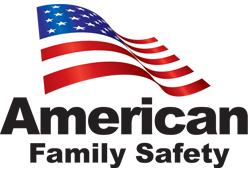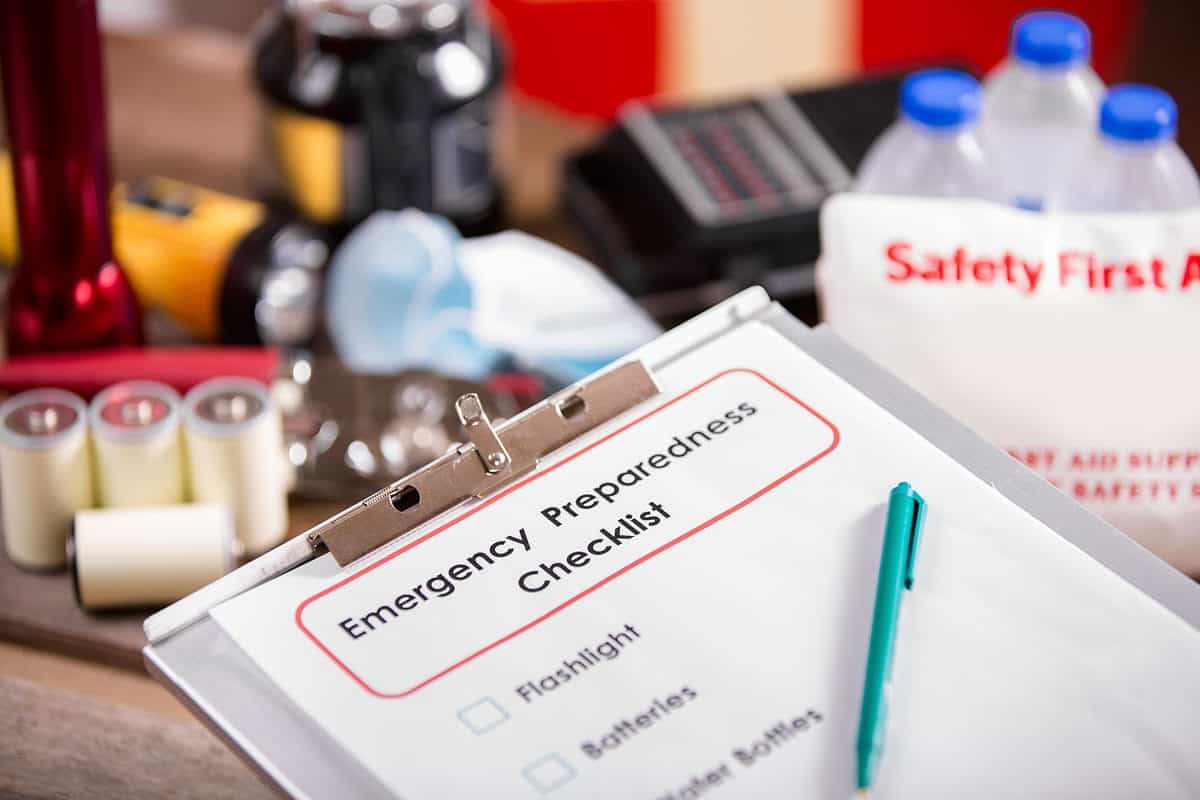No products in the cart.
Emergency Preparedness
Preparing For Emergency
American Family Safety is a resource designed to provide important information about emergency preparedness and safety. We have created a forum for people to obtain and comment on safety information. Our goal is to create a community of safety advocates who share information and dialog to help get people prepared for the unexpected. We are not trying to promote fear – on the contrary – we want to make sure that everyone has the tools necessary to deal with emergency situations. The Human tendency is to believe, “it will never happen to me”, but it is our responsibility as parents, friends, and neighbours to be prepared. We encourage you to share stories, experiences, and lessons in dealing with emergencies so others can benefit from your learnings. At American Family Safety we strongly believe in the 3 main steps to getting prepared:
- Get a Kit
- Make a Plan
- Stay Informed
Get a Kit
Most people have a false sense of security by thinking the flashlight they have stored in the kitchen drawer and Band-Aid package in the bathroom is sufficient for dealing with emergencies. It is extremely important that every family have a comprehensive emergency safety kit that is portable, and pre-composed as opposed to scattered throughout the house. If your family needs to respond quickly to an emergency you won’t have the time to scurry through your house to collect the necessary tools to help cope with these situations. It is also impossible to think clearly when you’re in a state of panic. The only sensible option is to prepare for an emergency BEFORE it occurs. Thus make sure your family has a complete emergency kit stored in an accessible place and make sure everyone in the family knows where this kit is located. Your family’s emergency kit is more than a first aid package and flashlight. A comprehensive kit contains the following elements:
Food and Water Rations:
- Make sure you have enough food and water to sustain every member of your household for a minimum of 72 hours.
- Rations should be certified by the coast guard, and should have a 5 year shelf life. This is because it’s easy to forget about your emergency kit, and if you’re stocking canned food and bottled water, they must be changed out once per year to avoid spoilage and contamination that could make your family ill at a time when medical assistance is not available.
- Canned food is also heavy to carry, and high in sodium – this will make you thirsty and cause you to drink your water rations too quickly.
Utility Items:
The right equipment is an essential part of your kit and should include:
- A sealed First Aid Kit (one that isn’t compromised by day-to-day use)
- A Flashlight
- A Transistor Radio that is energy efficient, portable, and doesn’t need to be plugged in (if the power is out for an extended period cell phone, internet, television, and eventually your home phone line will stop working – radio stations will continue to broadcast on emergency power and a battery operated radio will be your only link to updates about the situation)
- Plenty of Extra Batteries for your Flashlight and Radio (again, assume the power will be out for a minimum of 72 hours)
- N95 Respirator Masks – these masks will filter smoke and airborne particles that may be present during and after a major emergency. Make sure you have one for each family member, and ensure they meet N95 specifications because the cheaper dust masks do not offer adequate protection. Remember, this is one of those items that will keep your family healthy and self-sufficient
- Emergency Whistle – if you are trapped and need to attract rescue attention, you will need a whistle. Yelling will cause you to lose your voice in mere minutes while a whistle can give you a sustained call for help.
- Waste Bags – if there is no running water, your toilets will quickly stop working. While this is an unpleasant thought, waste bags are a necessary part of your kit!
- Plastic Sheeting and Duct Tape – although you have heard about using Plastic Sheeting and Duct Tape to create a safe room in your home, they are most likely to be used to temporarily repair damage like a hole in the roof, or patching a broken window. These items should be in your kit.
Items of a Personal Nature:
It is important to customize your emergency kit with personal items that are specific to your family’s needs. For example:
- An extra pair of Contact Lenses or Glasses
- A Change of Clothing
- Prescription Medication(s)
- Copies of important Personal Documentation like a driver’s license, passport and social insurance number (keep these in a zip lock or other watertight bag)
- Cash (credit and debit cards along with ATM machines won’t work if the power is out everywhere)
We have created a comprehensive 72 hour-emergency safety kit that has all the tools necessary to deal with emergency situations. Your emergency kit needs to be portable, essentially a “Grab and Go” solution. The government has been educating citizens about preparedness for the past 5 years, specifically in September during National Preparedness Month.
Make a Plan:
Having a comprehensive emergency kit is important, but in order to get the most effectiveness from your preparedness strategy you must have a Family Communication Plan. Often emergencies happen when you least expect them; you may be at work while your children are at school… it is important that the whole family has a plan to deal with emergencies, and a method for getting reunited should the family be separated. Building a plan is easy and takes just a few minutes. You can access a free online Family Communication Plan and print it out for your records here.
Stay Informed:
This last step toward Emergency Preparedness is the essence of American Family Safety – Stay Informed! Keep up to date with the latest information about emergency preparedness. We will publish articles from experts within the safety industry and through our website you will have access to the Safety Library at American Family Safety which will give you access to additional content, articles, and tips.

